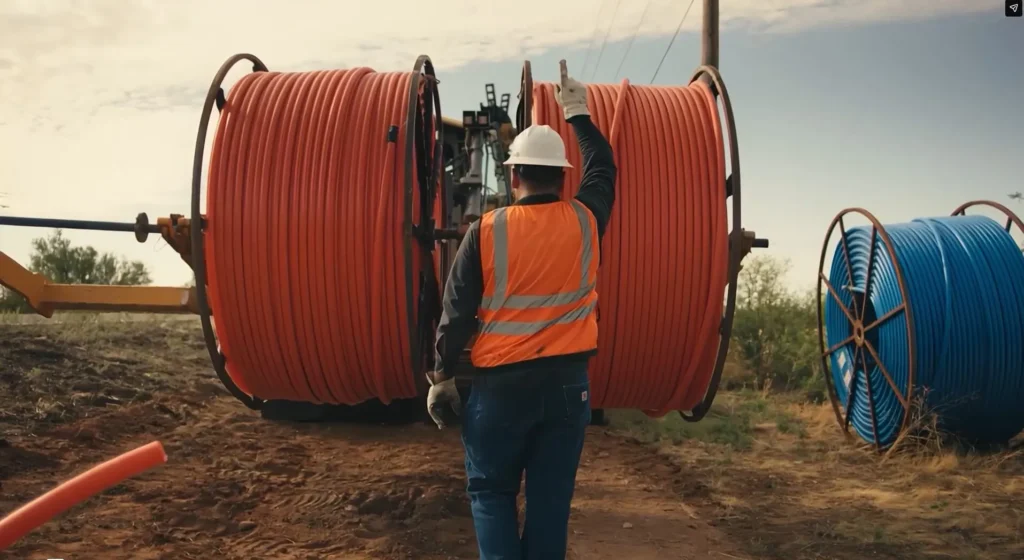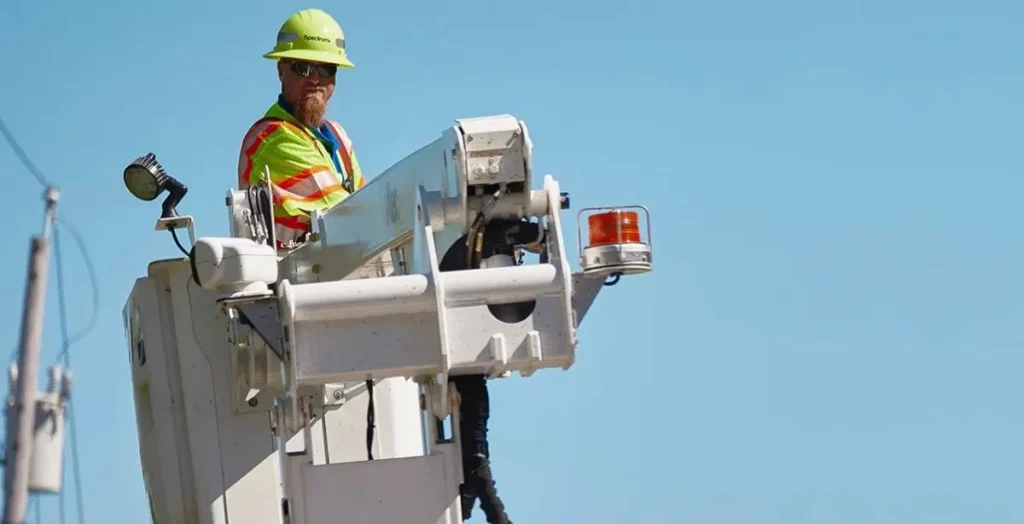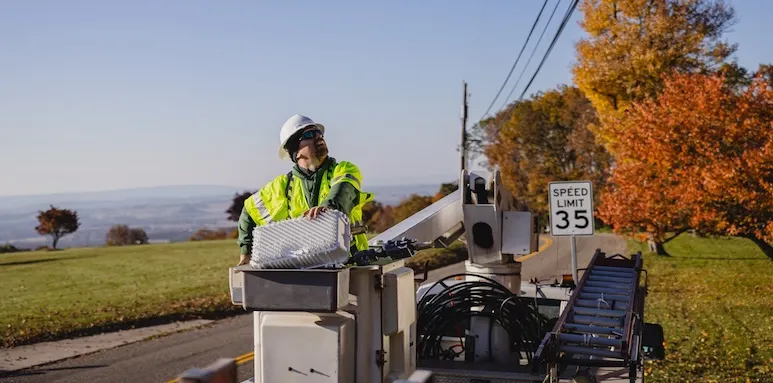From laptops to cell phones to tablets to smart home technology, it’s hard to escape the sea of devices that people depend on every day to keep themselves informed, entertained and connected to others. While consumers have a huge appetite for wireless devices, they may not give much thought to the essential resource that makes it possible – spectrum.
At the beginning of the 20th Century, there was hardly a need for spectrum regulation, as the use of radio frequencies for mass communications was the exception rather than the rule. But as the use of the airwaves became more popular, the Federal Communications Commission (FCC) was created to issue licenses and assign exclusive rights in an effort to prevent harmful interference among varying commercial spectrum users. For years, these licenses were simply assigned or doled out through subjective ‘beauty contests’ or lotteries until later policymakers discovered that public auctions could be used to promote greater efficiency.
Concurrent to these changes in spectrum policy, a new complementary model for unlicensed spectrum use emerged in the mid-80’s when revolutionary technology allowed use of the public spectrum on a shared basis without the need for the FCC to issue licenses. This new approach spurred innovation and promoted the shared use of a public resource by many rather than a select few. Today, consumers benefit from this unlicensed spectrum model whenever they connect to the internet over Wi-Fi. The FCC recently has made great strides in opening additional spectrum for Wi-Fi in the 5.9 GHz band and 6 GHz to keep pace with the continuously growing demand for Wi-Fi and Internet of Things (IoT) devices, and we must find ways to use this spectrum more efficiently, in addition to freeing more spectrum.
A Deloitte survey found that the average U.S. household now has a total of 25 connected devices, which includes mobile tablets, smartphones, laptops, video streaming devices and TVs, connected exercise machines, and more. The majority of Americans use Wi-Fi to connect these devices, making the role of unlicensed spectrum increasingly vital. And according to Cisco, the number of global public Wi-Fi hotspots is predicted to increase by four-fold to 628 million between 2018 and 2023, while the worldwide share of IP access network traffic that is carried over Wi-Fi is predicted to grow from 53% in 2019 to 66% in 2025.
More recently, the FCC has also been at the forefront of developing new innovative, hybrid models such as the Citizens Broadband Radio Service (CBRS, sometimes referred to as the “Innovation Band”) that enables both priority licensees and shared use through dynamic spectrum sharing. The licenses were auctioned with lower power levels and smaller county-sized licenses than traditional auctions, and as a result, generated significantly more participants than previous auctions (including cable operators, utilities and energy companies, schools, farms, factories, neutral host network operators, municipalities, and small and rural wireless carriers). The result of this new competition has created significant new benefits for consumers and has incented providers like cable operators to develop new fixed wireless services that can extend the reach of traditional platforms in remote and rural areas, enable private LTE networks used for education, healthcare, energy conservation, and agriculture, and provide competitive mobile access. In fact, in recent years cable operators have become some of the fastest growing wireless providers in the country.
Finally, while the future of spectrum policy in the United States will undoubtedly require a balanced approach to the development of commercial wireless needs (both licensed and unlicensed) to meet consumer demand, there will also continue to be a strong consumer interest in the efficient use of spectrum to serve certain governmental or non-commercial interests. The federal government uses spectrum for national defense, weather observation, law enforcement, and more. As such, a successful spectrum policy must balance the needs of commercial wireless services while addressing the spectrum needs of federal agencies. How these interests were balanced in the aforementioned CBRS band to encourage shared use through a cooperative sharing regime offers a compelling model for other spectrum bands.
As the U.S. looks ahead to meet the seemingly insatiable appetite for wireless services, we must consider all of the tools in the government’s toolbox. While auctions may be one way to make spectrum available for commercial use, there are multiple innovative and creative ways to approach the spectrum crunch. Extending the FCC’s auction authority is a critical next step particularly with auction authority set to expire soon, but it is clear that the FCC will need to use that authority wisely in its design of future auctions along with other arrows in its spectrum quiver to ensure that the U.S. remains on target to achieve a balanced spectrum policy.








